In this blog post, I will show you my step-by-step process for insulating your summer house, including the roof, floor, and walls and the different insulation materials available to you. We will also look into the benefits of carrying out the work.
What are the Benefits of Insulating a Summer House?
Whether you use your garden building for relaxation, work, or entertaining guests, insulating your summer house goes beyond mere comfort.
Summer house insulation is a smart investment that can pay off in many ways and provides several benefits, including the following:
Temperature regulation
Insulation helps maintain a comfortable temperature inside summerhouses and other garden buildings by minimising heat transfer.
It prevents excessive heat from entering the house during hot summer months and keeps the interior warm during colder seasons.
Temperature regulation enhances comfort and makes the space more enjoyable to use year-round.
Energy efficiency
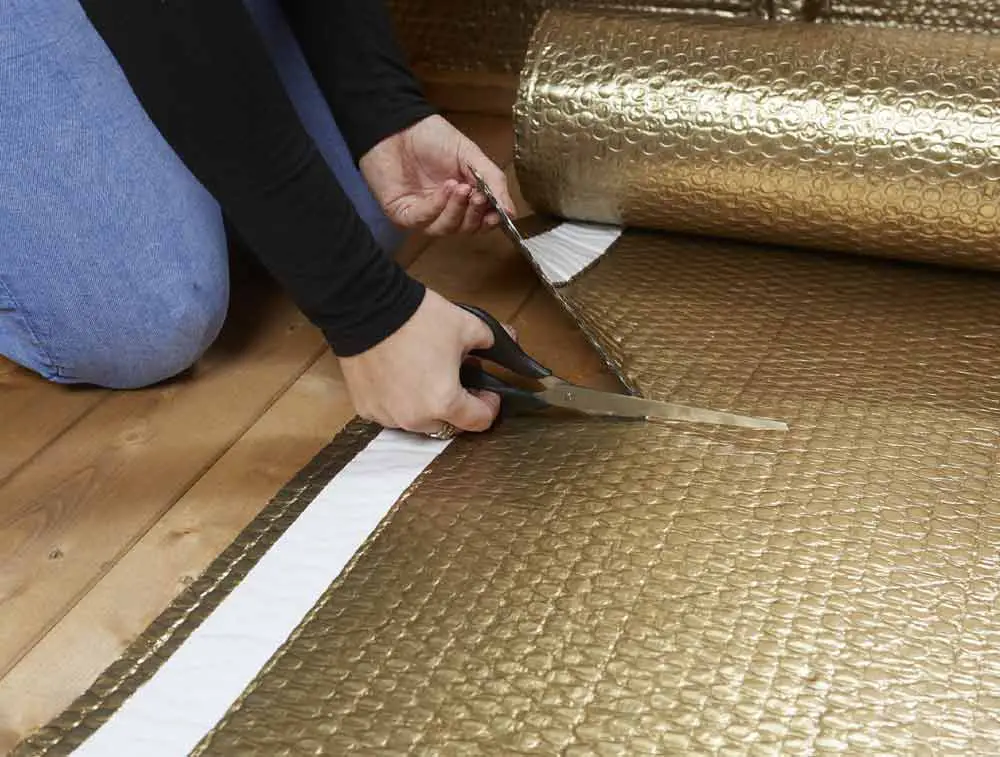
Image credit: ybsinsulation.com
Proper insulation reduces the need for artificial heating or cooling in your summer house.
Minimising heat loss or gain through the walls, roof, and floor, helps to maintain a more consistent indoor temperature.
This will lead to lower energy consumption and reduced utility bills, making your summer house more energy-efficient.
Condensation control
Insulation can help prevent condensation build-up inside the summerhouse.
When warm air meets a cold surface, it can result in condensation, which can then lead to mould, mildew, and other moisture-related issues.
Insulation acts as an effective barrier, reducing the temperature differential and minimising problems.
Soundproofing
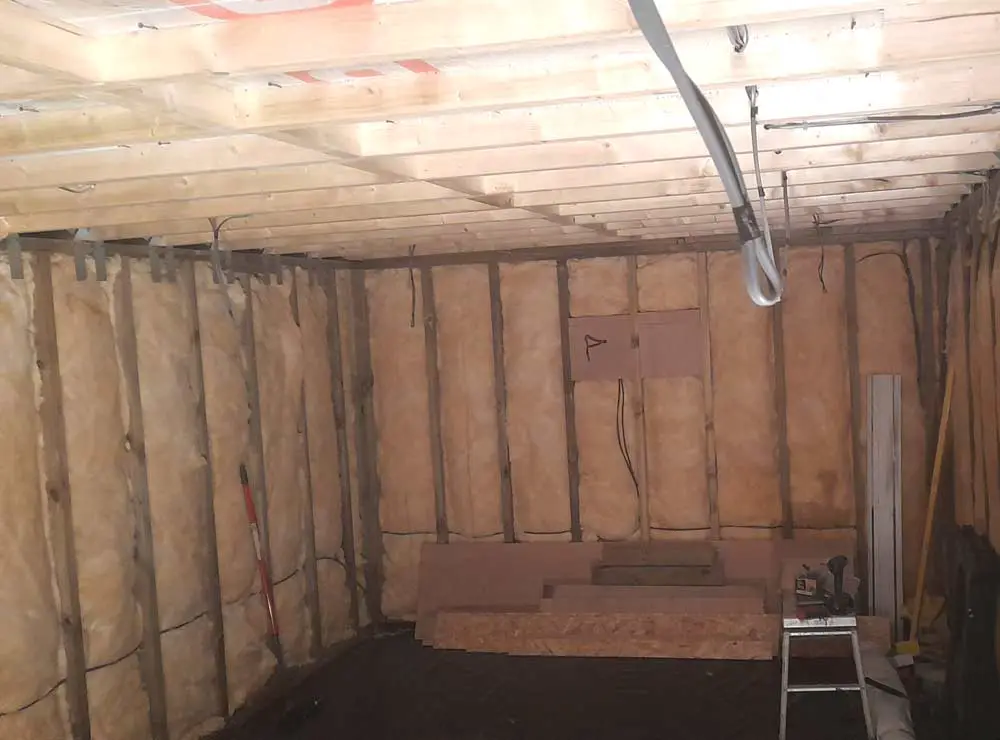
Image credit: hometekgardenrooms.co.uk
Insulation materials, especially those with sound-absorbing properties, can help reduce noise transmission from the outside into your summer house and vice versa.
This is particularly beneficial if your summer house is in a noisy area or you prefer a quieter environment for relaxation and quiet activities.
Protection against weather elements
Insulation adds an extra layer of protection against the elements. It helps to keep out drafts, dust, pollen, and other outdoor pollutants.
Moreover, it can enhance the structural integrity of the summerhouse by reducing the risk of moisture damage, such as rot or warping of wood.
Increase in property value
As well as the interior of the summerhouse and the exterior paint finish of the summer house, a well-insulated garden room that can be used all year round may appeal to potential buyers or renters, increasing the perceived value of your property.
As energy efficiency is sought after, having insulation installed in your summerhouse is a valuable upgrade that adds to the overall desirability.
What is the Best way to Insulate a Summerhouse?
The best way to insulate a summer house depends on various factors, such as its construction, location, budget, and personal preferences.
Here are some common methods of insulating a summerhouse both internally and externally:
Internal Summerhouse Insulation
Internal insulation is key to keeping your summerhouse warm in winter and not too overbearing in the warm summer months. Here are the areas that you need to look at:
Summer house wall insulation
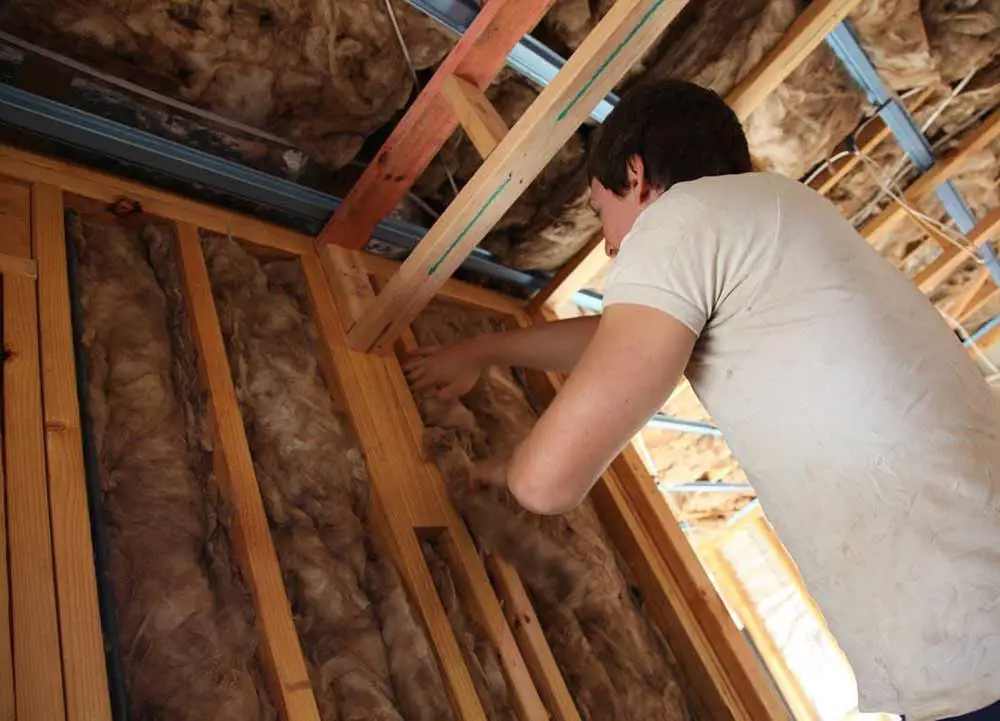
Image credit: gardenbuildingsdirect.co.uk
One of the most common methods is to insulate the summer house walls.
This can be done by adding an insulating material between the wall studs, such as fibreglass batts or rigid foam insulation boards.
Another option is to use blown-in insulation, which involves blowing loose insulation into the wall cavities.
Roof insulation for garden building
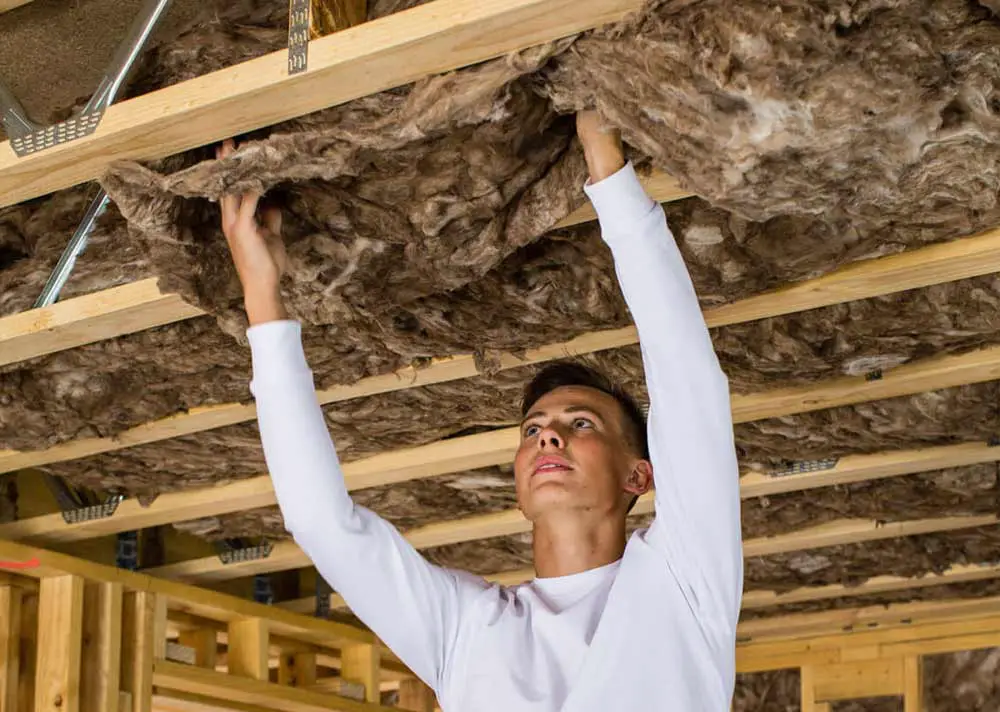
Image credit: pricewiseinsulation.com.au
Insulating the roof is crucial to prevent heat gain during hot summer months and heat loss during colder seasons. Insulating a roof can be achieved by installing insulation material between the rafters or on top of the existing roof.
Options include fibreglass batts, spray foam insulation or rigid foam boards. Reflective barriers or radiant barriers can also be used to reduce heat transfer.
If you are not confident of doing this work yourself and want to make sure that the job gets done properly, I advise that you consider getting the expertise of a professional. For instance, Pierce County homeowners like to hire an expert roofing contractor in Lakewood Washington who is experienced in adding insulation to roof structures. Their qualified team will also be able to help you choose the right insulation material for your project.
Summerhouse floor insulation
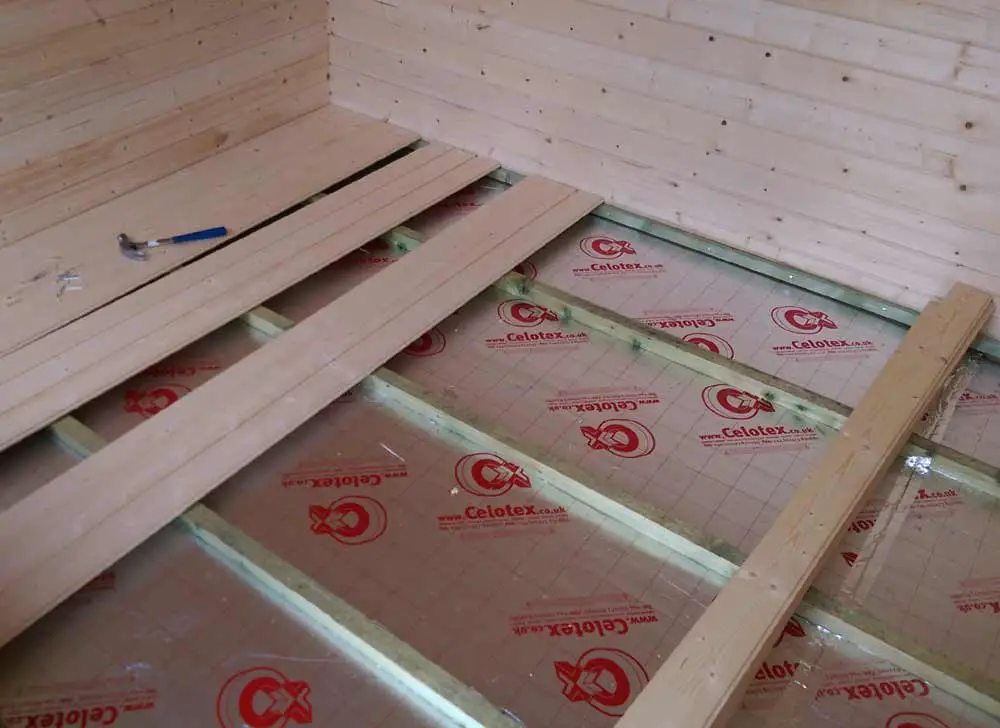
Image credit: jacksgardenstore.com
If your summer house has a raised or suspended floor, insulating the floor will help maintain a comfortable indoor temperature.
Insulation materials such as foam boards or fibreglass batts can be installed between the floor joists for effective heat retention.
Additionally, sealing any gaps or cracks in the floor and adding a vapour barrier will further improve insulation and prevent moisture-related issues.
Window and door insulation for garden room
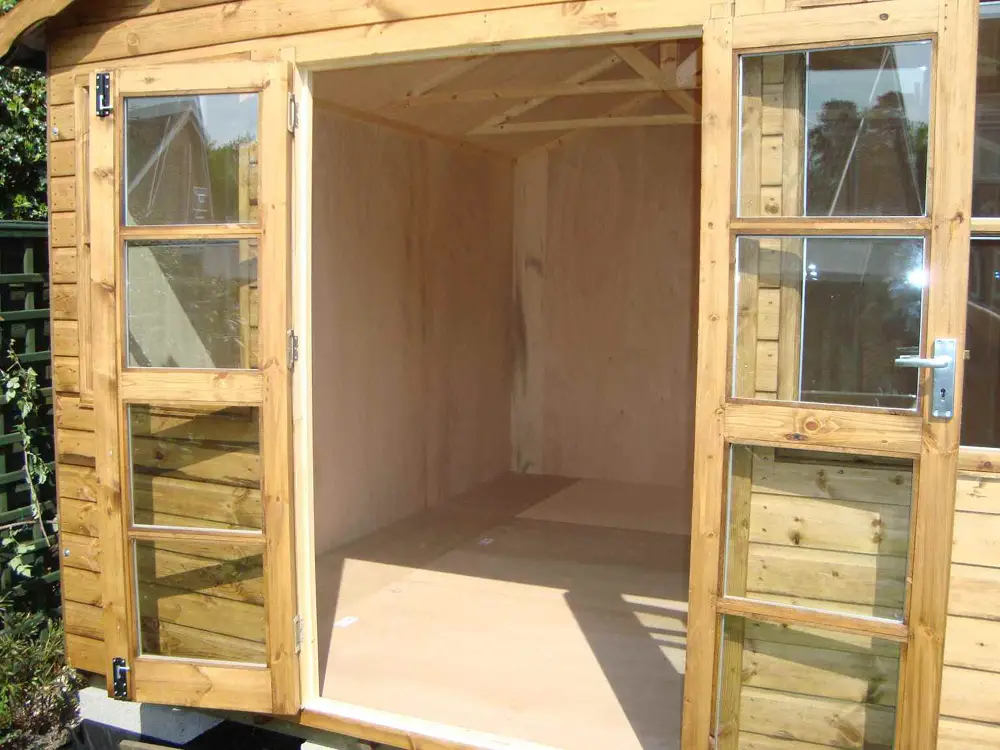
Image credit: mbgardenbuildings.co.uk
Windows and doors are common areas where heat can escape or enter the summerhouse.
To enhance insulation in these areas, consider using weather stripping to seal any gaps or drafts around windows and doors.
Installing double-glazing or low-emissivity (Low-E) windows can also further improve energy efficiency.
Summer house air sealing
Proper air sealing is essential to complement insulation efforts. This involves sealing gaps, cracks, and openings in the walls, roof, floor, windows, and doors.
Caulking, weather-stripping, and using spray foam insulation will all help to prevent air leaks, improving the effectiveness of the insulation.
Insulating a Summerhouse For The Winter
External Summer House Insulation
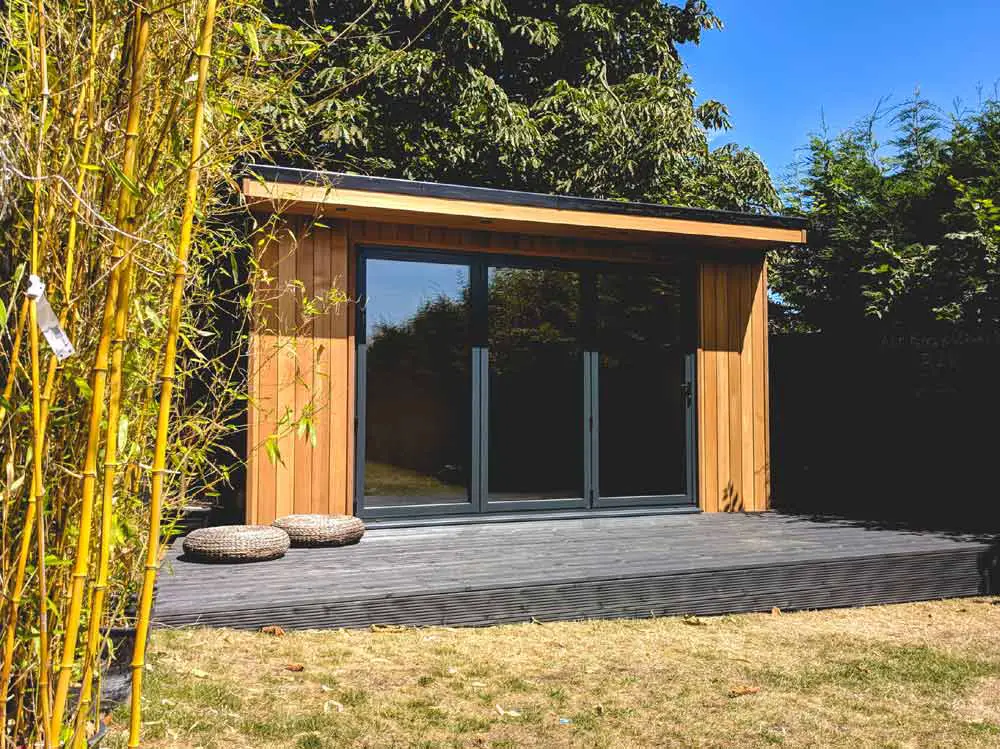
Image credit: suffolkcrafted.co.uk
When it comes to external insulation for your summerhouse, there are several effective methods you can consider.
Insulated panels for summerhouse
Insulated panels are pre-fabricated panels that have insulation material sandwiched between two outer layers.
These panels are designed for easy installation and provide excellent insulation properties. Cover the exterior walls of your summer house with these panels to enhance thermal efficiency.
Summer house cladding
Cladding involves adding an additional layer to the exterior walls of your summerhouse. You can choose from various cladding materials such as wood, fibre cement, or PVC.
Some brands of insulated cladding also have built-in insulation layers for better thermal performance.
Exterior insulation and finish system (EIFS)
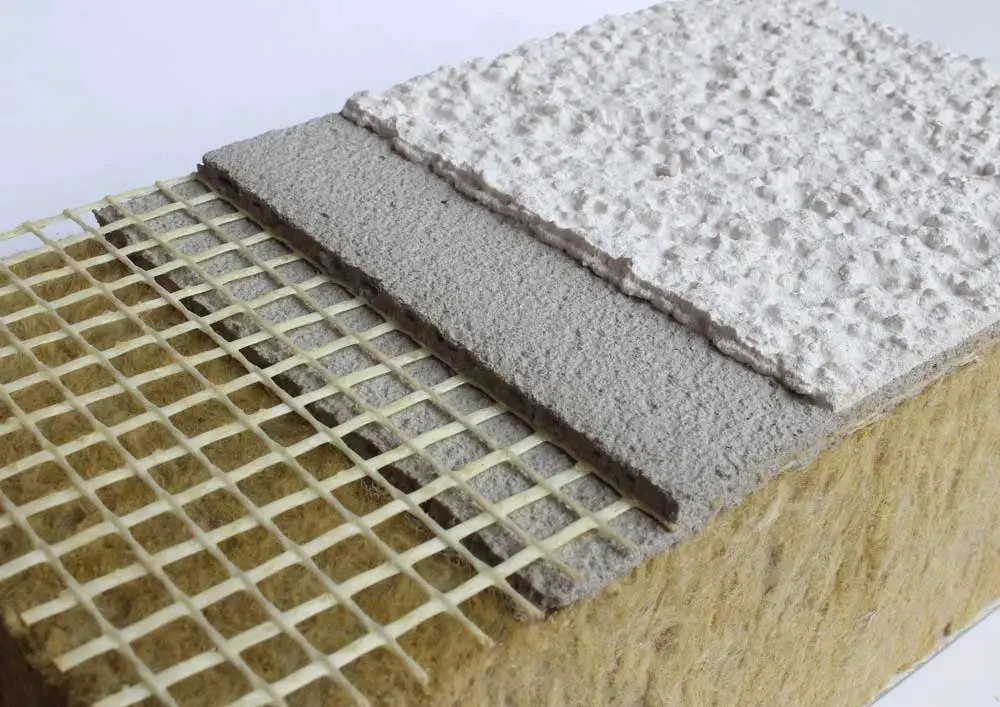
Image credit: advancedinspectionservices.net
EIFS is a multi-layered system that combines insulation, reinforcement, and exterior finish. It consists of an insulation board attached to the exterior walls, a base coat, a reinforcement mesh, and a decorative finish coat.
EIFS provides excellent thermal insulation and can also enhance the aesthetics of your summer house.
Insulated render on garden building
Insulated render involves applying a layer of insulating material directly onto the exterior walls of your garden building. This is typically done using a combination of insulation boards or panels and a render coating.
Insulated render systems can improve thermal efficiency and also protect the walls from moisture.
Summerhouse exterior roof finishes
Insulating the roof will prevent heat transfer and keep the interior of your summerhouse comfortable and cosy.
Use insulation boards or panels specifically designed for roofs and cover them with appropriate roofing materials, such as tiles or metal sheets.
Summer house windows and doors
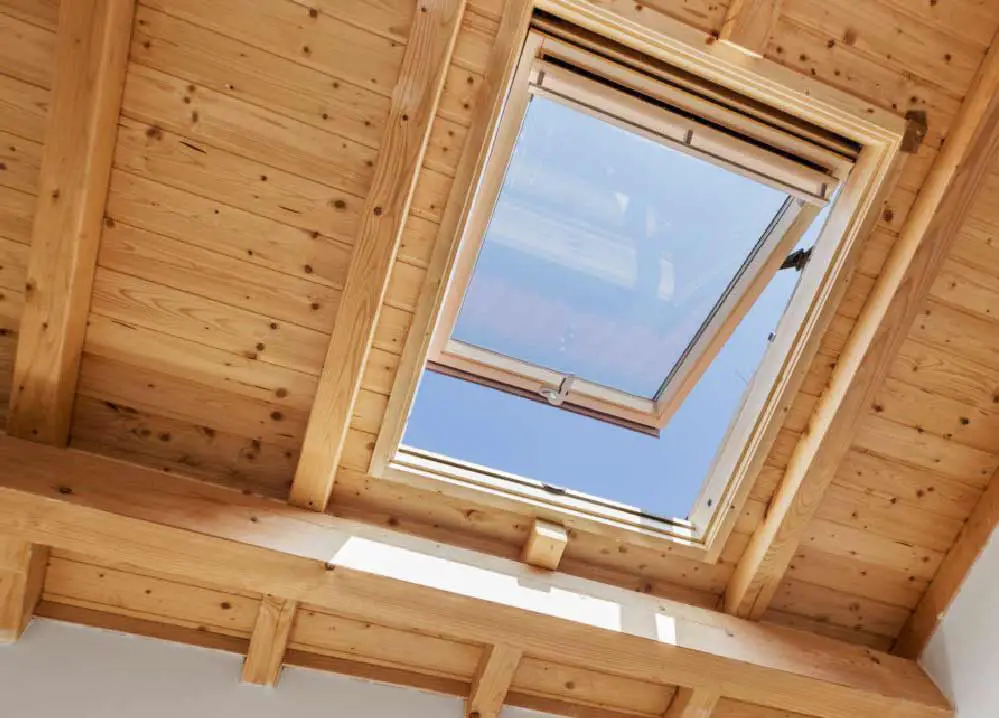
Image credit: doubleglazing-durham.uk
Insulating windows and doors is important to prevent unnecessary heat loss.
Consider installing double or triple-glazed windows with low-emissivity (low-E) glass. Ensure that the frames are well-sealed to minimise air leakage.
Weather stripping can also be used around doors and windows to improve the insulation benefits.
What is the Best Insulation for a Summer House?
The best insulation for a summer house depends on various factors such as the climate, budget, available space, and personal preferences. Here are some commonly used insulation materials for summerhouses:
Fibreglass insulation
Fibreglass is a popular and cost-effective insulation material. It is available in rolls or batts and can be installed between studs, joists, and rafters.
Fibreglass insulation is relatively easy to handle and offers good thermal performance.
Cellulose insulation
Cellulose insulation is made from recycled paper and treated with fire retardants. It is a sustainable and environmentally friendly option.
Cellulose insulation can be blown into wall cavities to provide effective and long-lasting thermal insulation.
Spray foam insulation
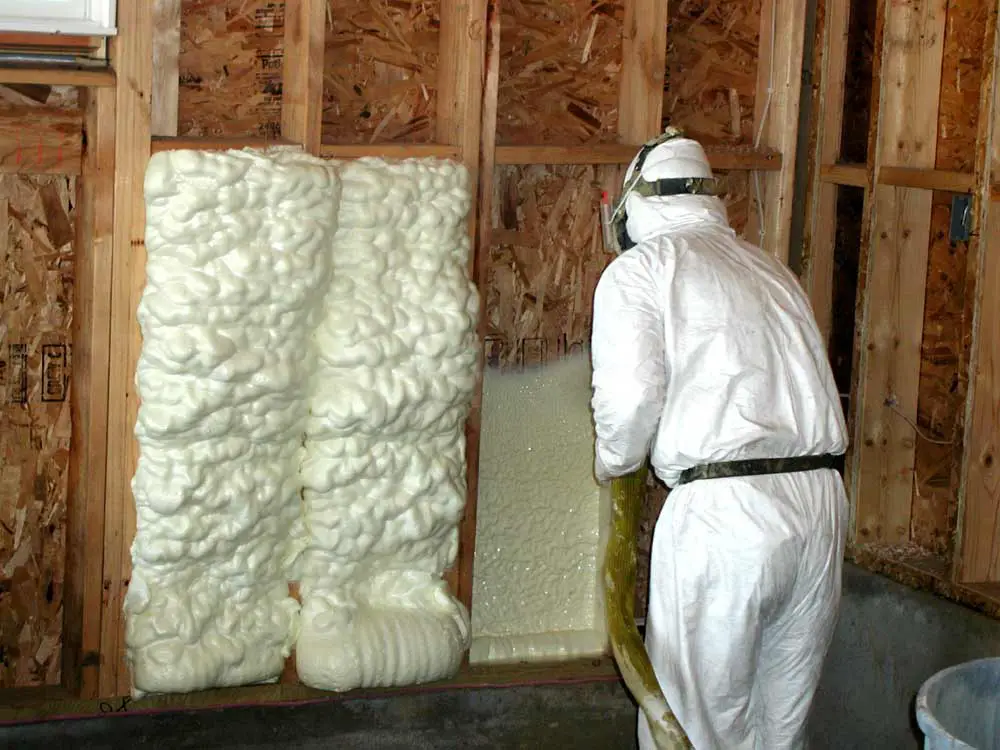
Image credit: compassinsulationohio.com
Spray foam insulation expands when applied thus creating a tight seal. This provides excellent insulation and air-sealing properties.
Expanding insulation foam offers high R-values (thermal resistance) and can also help with soundproofing. It is suitable for walls, ceilings, and floors.
Rigid foam insulation
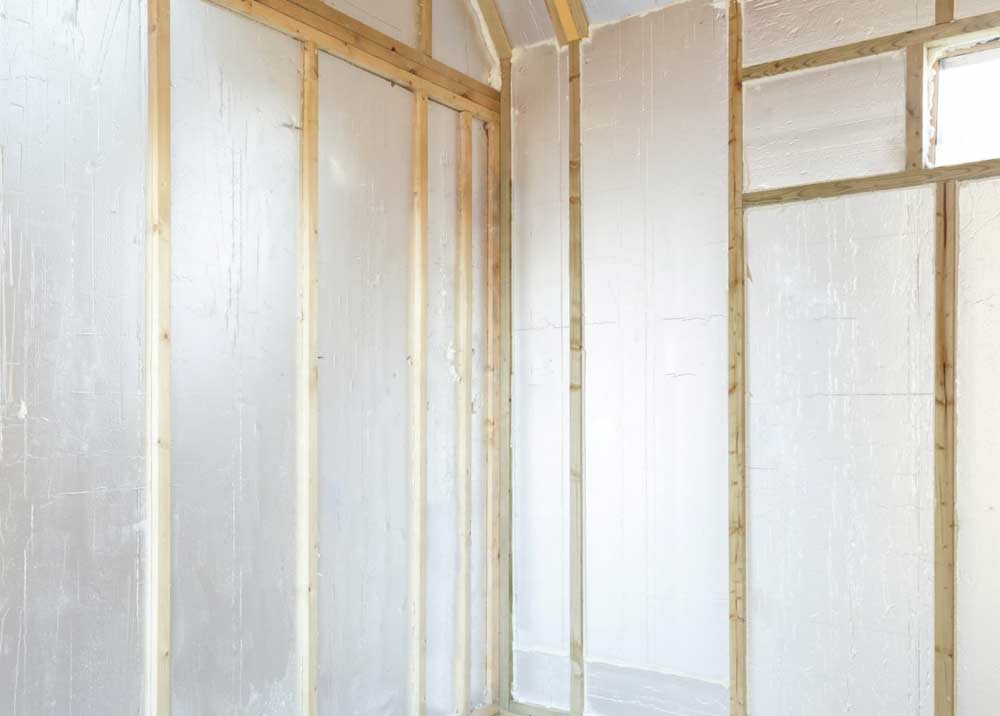
Image credit: gardenroomhub.co.uk
Rigid foam insulation boards, such as extruded polystyrene (XPS) or expanded polystyrene (EPS), are used for both above-grade and below-grade applications.
They have a high R-value which will greatly improve heat retention, whilst also providing moisture resistance. This insulation method can be used in all areas of a summerhouse.
Reflective insulation
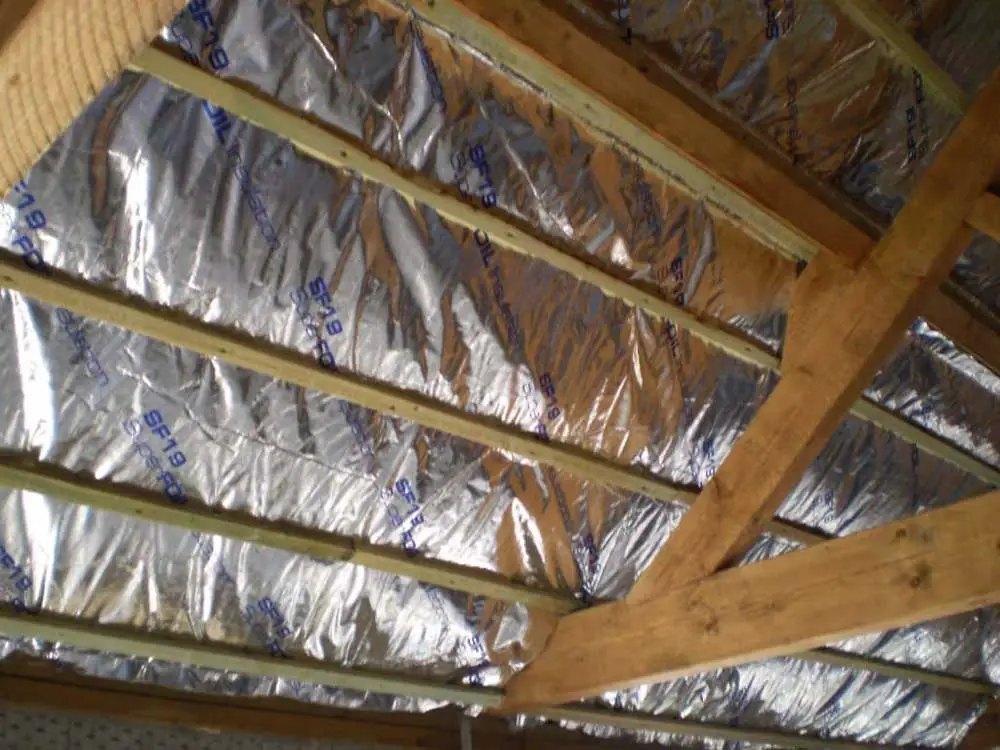
Image credit: superfoil.co.uk
Reflective insulation utilises reflective materials, such as aluminium foils, to reduce radiant heat transfer.
It is often used in attics, roofs, and crawl spaces to minimise heat gain during hot summers.
PIR Insulation Boards
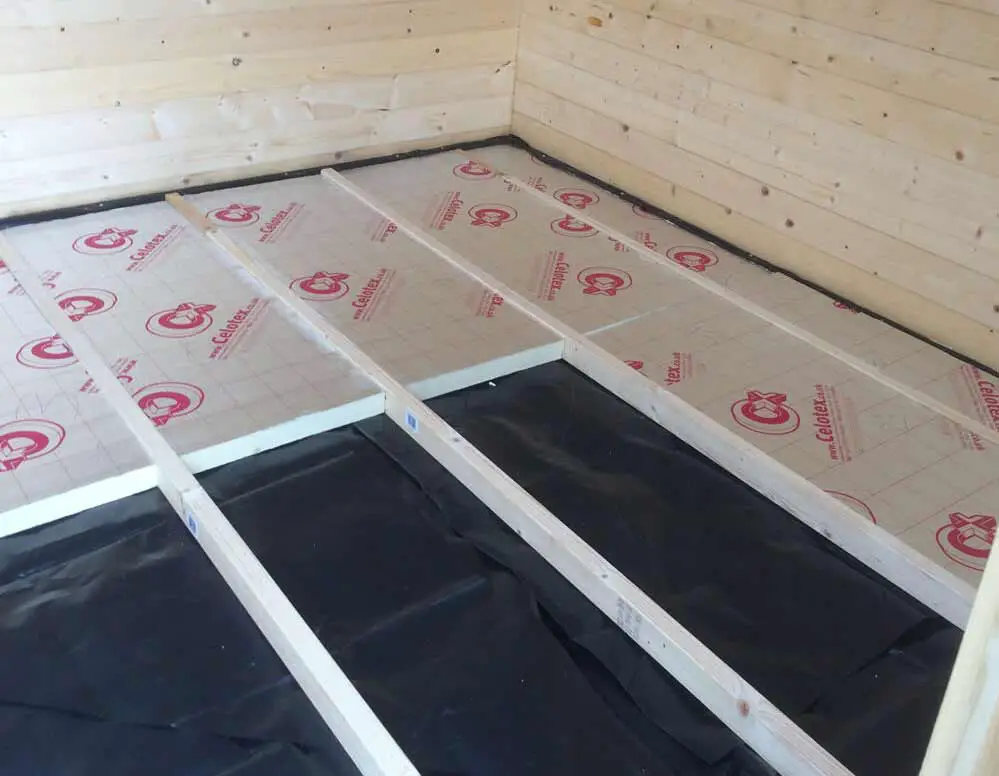
Image credit: tuin.co.uk
PIR (Polyisocyanurate) insulation boards are a type of rigid foam insulation that is widely used for thermal insulation in various building applications.
These types of boards offer several advantages, such as high thermal efficiency, moisture and fire resistance and ease of installation.
Rockwool insulation
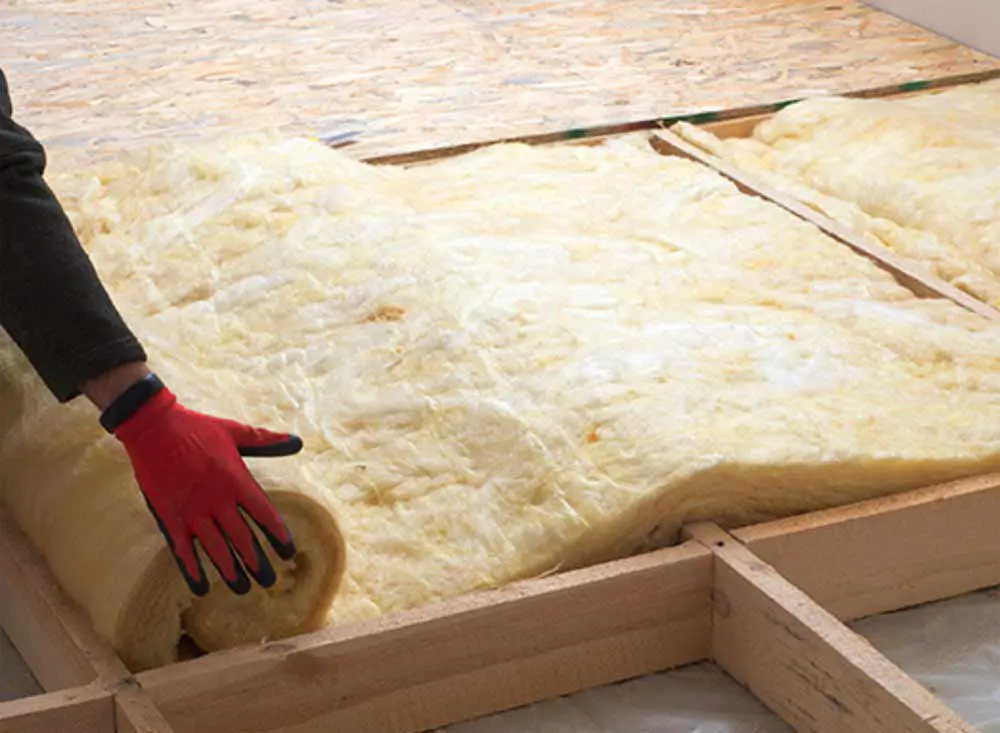
Image credit: muffle.co.uk
Rockwool insulation, also known as mineral wool insulation, is a material made from natural rock fibres or recycled materials.
It is fire-resistant, offers good thermal and sound insulation properties, and is used in both residential and commercial construction.
As rockwool insulation is made from natural and sustainable fibres, typically basalt or diabase, It is both recyclable and does not contain harmful chemicals. This makes it an environmentally friendly insulation option.
How to Insulate a Summer House Roof
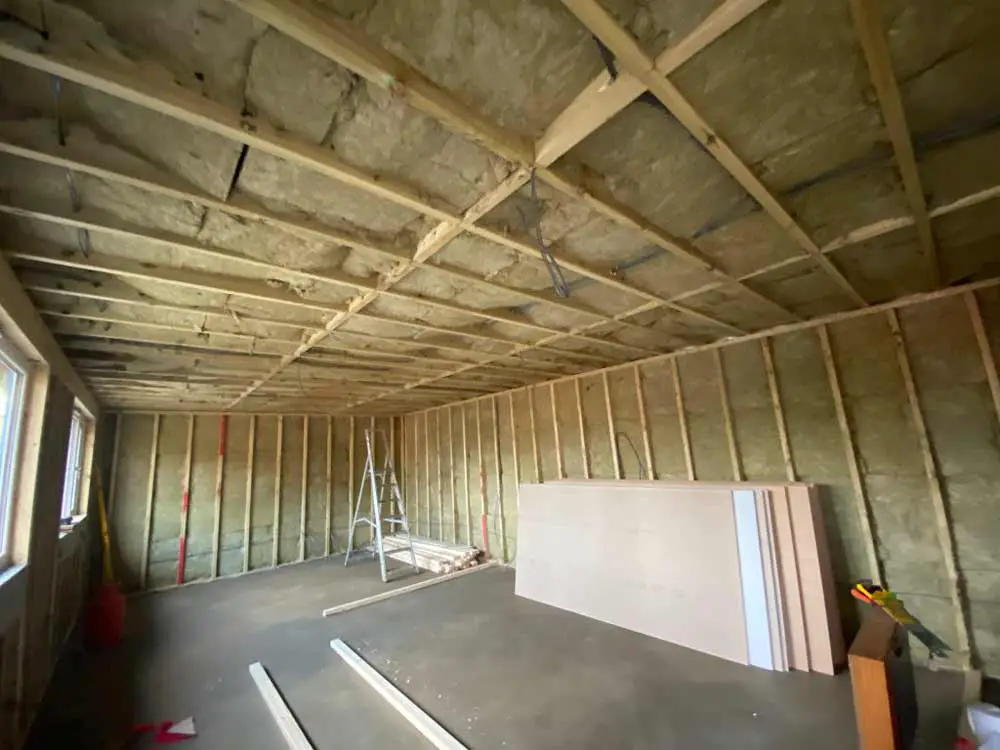
Image credit: revampdiaries.co.uk
Installing insulation in the roof of a summer house is essential for maintaining a comfortable temperature inside. Here's a step-by-step guide:
1. Choose the insulation material
There are several options for insulation, including fibreglass batts, mineral wool, rigid foam boards, or spray foam insulation. When deciding which to use, consider factors such as the R-value (thermal resistance), moisture resistance, and cost.
2. Gather the necessary tools and equipment
You'll need the following tools for the insulation process: A measuring tape, utility knife, staple gun, nails or screws, hammer or drill, ladder, safety goggles, gloves, and a respirator mask (if working with certain insulation materials).
3. Measure the roof area
Measure the dimensions of the roof to determine the amount of insulation you'll need. Calculate the square footage by multiplying the length and width of the roof.
4. Prepare the workspace
Ensure the summerhouse roof is clean and free of any debris or obstructions. If necessary, remove any existing roofing materials or fixtures that might hinder the insulation installation.
5. Install a vapour barrier
A vapour barrier helps prevent moisture from penetrating the insulation and causing damage. It is typically installed on the warm side of the insulation. Follow the manufacturer's instructions to install the vapour barrier, ensuring it covers the entire roof area.
6. Cut and install the insulation
Measure and cut the insulation material according to the dimensions of the roof. Use a utility knife to make precise cuts. Install the insulation between the roof rafters or trusses, ensuring a snug fit. For rigid foam boards, use nails or screws to secure them in place.
7. Seal gaps and joints
Inspect the insulation for any gaps or joints that may allow air leakage. Use caulk or foam insulation to seal these areas, ensuring a tight seal.
8. Install a radiant barrier (optional)
A radiant barrier reflects heat away from the roof, helping to keep the summer house cooler. It is typically installed underneath the roof rafters. Follow the manufacturer's instructions for installation.
9. Check for proper ventilation
Adequate ventilation is crucial to prevent moisture build-up and maintain the effectiveness of the insulation. Ensure there are proper vents installed on the roof and in the eaves or soffits to allow air circulation.
10. Test the insulation
Once the insulation is installed, monitor the temperature inside the summer house on a hot day to determine the effectiveness of the insulation. Make any necessary adjustments or additions if needed.
How to Insulate a Summer House Floor
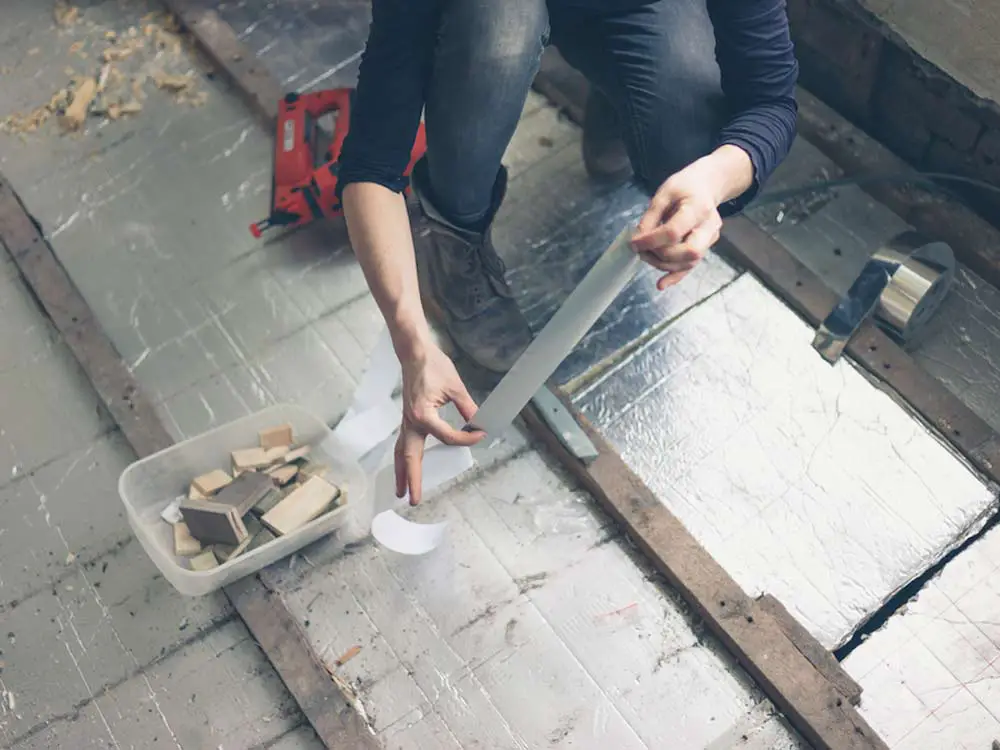
Image credit: thegreenage.co.uk
Insulating the floor is important to keep the space comfortable and energy-efficient. Here's a step-by-step guide on how to insulate a summerhouse floor:
1. Choose the insulation material
Consider using insulation materials suitable for floor applications, such as rigid foam boards, fibreglass batts, or spray foam insulation. Take into account factors like the R-value, moisture resistance, and suitability for your specific flooring type.
2. Clear the floor area
Remove any existing flooring, carpets, or debris from the floor area to create a clean workspace.
3. Measure the floor area
Measure the dimensions of the floor to determine the amount of insulation material you'll need. Calculate the square footage by multiplying the length and width of the floor.
4. Install a vapour barrier
A vapour barrier helps prevent moisture from penetrating the insulation. It is typically installed on the warm side of the insulation. Follow the manufacturer's instructions to install the vapour barrier, ensuring it covers the entire floor area.
5. Cut and fit the insulation
Measure and cut the insulation to fit between the floor joists or supports. Leave a small gap around the edges to allow for expansion. For rigid foam boards, use a utility knife to make precise cuts. Ensure a snug fit between the insulation and the joists.
6. Secure the insulation
Use adhesive, construction adhesive, or insulation hangers to secure the insulation to the underside of the floor. Make sure the insulation is held firmly in place and does not sag or shift.
7. Seal gaps and joints
Inspect the insulation for any gaps, joints, or openings where air might leak through. Use caulk or foam insulation to seal these areas, ensuring a tight seal.
8. Install a subfloor (if necessary)
If you removed the existing flooring, consider installing a subfloor over the insulation. This can provide additional support and a smooth surface for the new flooring.
9. Install the new flooring
Once the insulation and subfloor (if applicable) are in place, install the desired flooring material. Follow the manufacturer's instructions for installation, whether it's hardwood, laminate, tile, or carpet.
10. Test the insulation
Monitor the temperature inside the summer house and check for drafts or cold spots to determine the effectiveness of the insulation. Make any necessary adjustments or additions if needed.
How to Insulate a Summer House's Walls
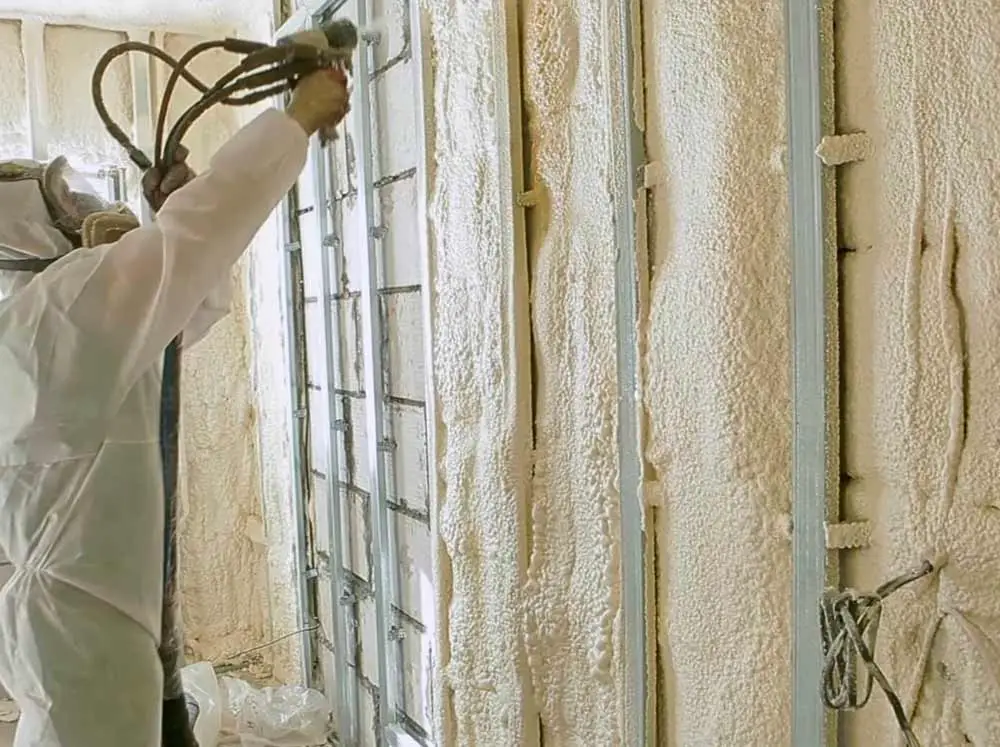
Image credit: k2hvac.com
Insulating the walls of a summer house is crucial for maintaining a comfortable temperature and reducing energy consumption. Here's a step-by-step guide on how to insulate the walls of a summer house:
1. Choose the insulation material
Select an insulation suitable for wall applications, such as fibreglass batts, cellulose insulation, mineral wool, or foam insulation. Consider factors like the R-value, moisture resistance, and suitability for your specific wall construction.
2. Clear the walls
Remove any wall coverings, such as drywall or panelling, from the interior walls to access the wall cavities.
3. Assess the wall construction
Determine the type of wall construction in your summer house. Common types include stud walls, cavity walls, or solid walls. This information will guide your insulation approach.
4. Prepare the wall cavities
Ensure the wall cavities are clean and free from any debris or obstructions that may hinder the insulation installation.
5. Install a vapour barrier
In some cases, a vapour barrier may be required to prevent moisture from entering the insulation. Consult local building codes or a professional to determine if a vapour barrier is necessary for your specific situation.
6. Measure and cut the insulation
Measure the dimensions of the wall cavities and cut the insulation to fit snugly. For fibreglass batts or foam insulation, use a utility knife to make precise cuts. Ensure the insulation extends to the full height and width of the cavity.
7. Install the insulation
Place the insulation into the wall cavities, ensuring a tight fit. For stud walls, insert the insulation between the studs. For cavity walls, use a blow-in insulation technique or consult a professional for assistance. Follow the manufacturer's instructions for proper installation.
8. Seal gaps and joints
Inspect the insulation for any gaps, joints, or openings where air might leak through. Use caulk, foam insulation, or tape to seal these areas, ensuring airtightness.
9. Replace wall coverings
Once the insulation is installed and any necessary sealing is complete, replace the wall coverings such as drywall or panelling. Ensure the coverings are properly secured to the wall studs or framework.
10. Test the insulation
Monitor the temperature inside the summer house and check for drafts or variations in temperature to assess the effectiveness of the insulation. Make any necessary adjustments or additions if needed.
It's important to prioritise safety during the insulation process. Always use appropriate safety gear, follow safety guidelines, and consult professionals if you have any concerns or questions.


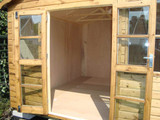
 Author: Matthew Chiappini
Author: Matthew Chiappini